Helsinki SDK sprint
Femma
on 10 December 2015
Tags: Design , Development , SDK , sprint , user experience
We arrived in Helsinki on Sunday evening, ready to start our week long SDK sprint on Monday. Our hotel was in a nice location, by the sea.
The work stuff
The SDK is a core part of Ubuntu and provides an array of components and flexibility needed to create applications across staged and windowed form factors, with good design and user experience in mind.
The purpose of the sprint was to have the designers and engineers come together to work on tools and components such as palette themes, bottom edge, header, scrollbars, focus handling, dialogs, buttons, menus, text selections and developer tasks such as IDE, packaging and application startup.
Monday morning started with walking into our venue that looked somewhat like a classroom.
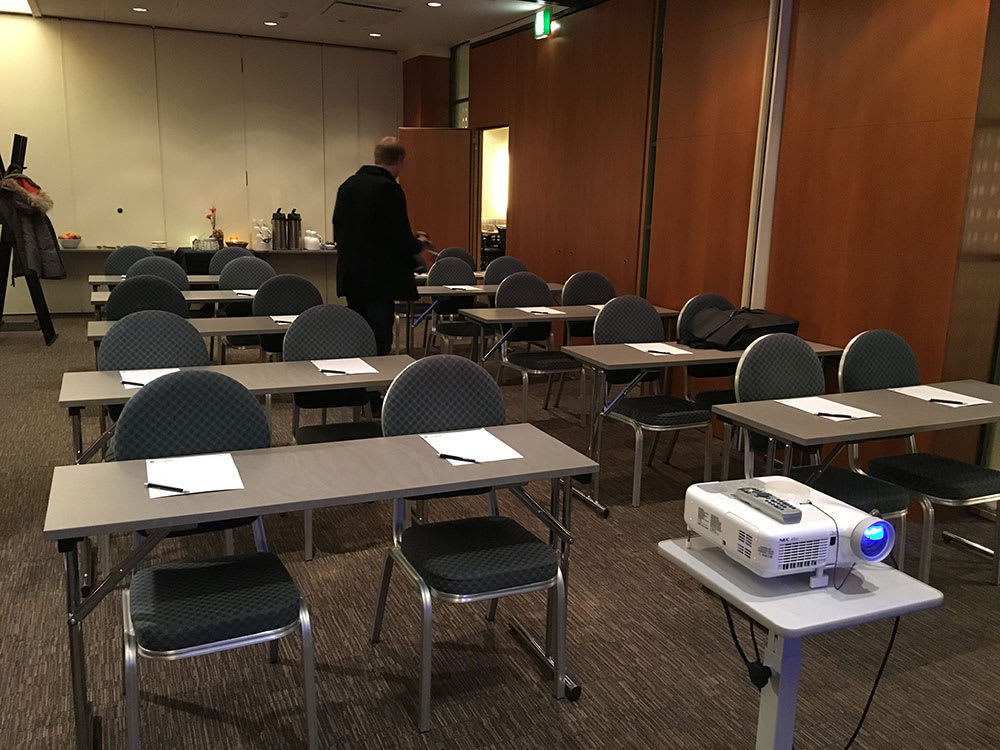 The first task of the day required some physical activity of moving all the tables around so that the environment was much more conducive to a collaborative sprint.
The first task of the day required some physical activity of moving all the tables around so that the environment was much more conducive to a collaborative sprint.
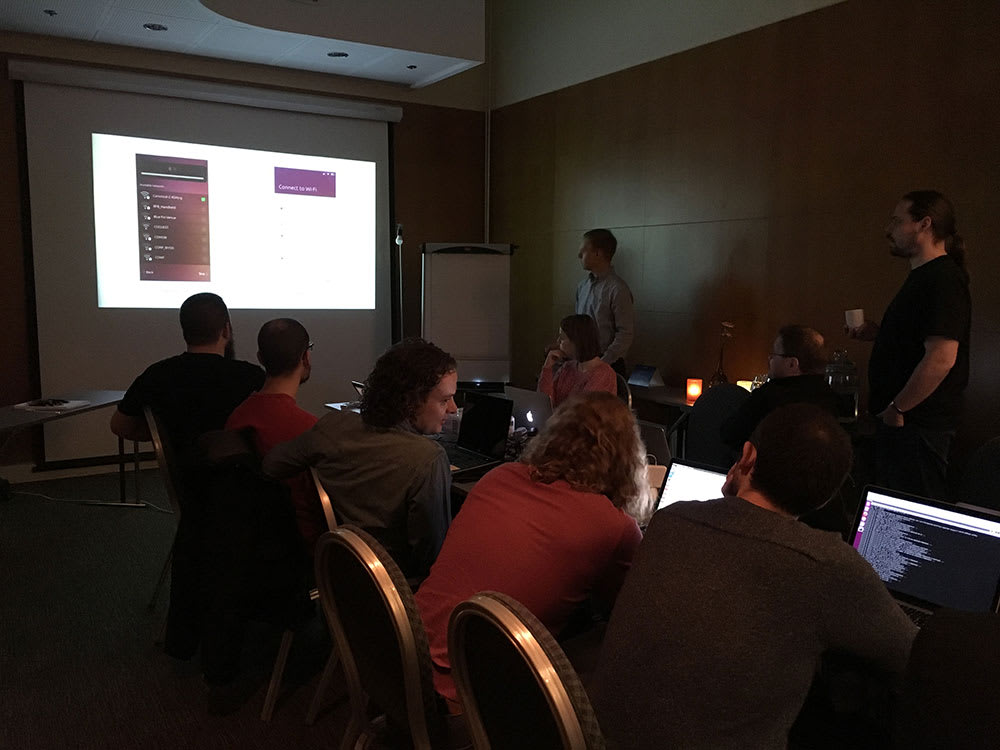 Each day we broke off into working groups for our respective sessions and ironed out any existing issues, as well as working through new and exciting features that would enhance different SDK components.
Each day we broke off into working groups for our respective sessions and ironed out any existing issues, as well as working through new and exciting features that would enhance different SDK components.
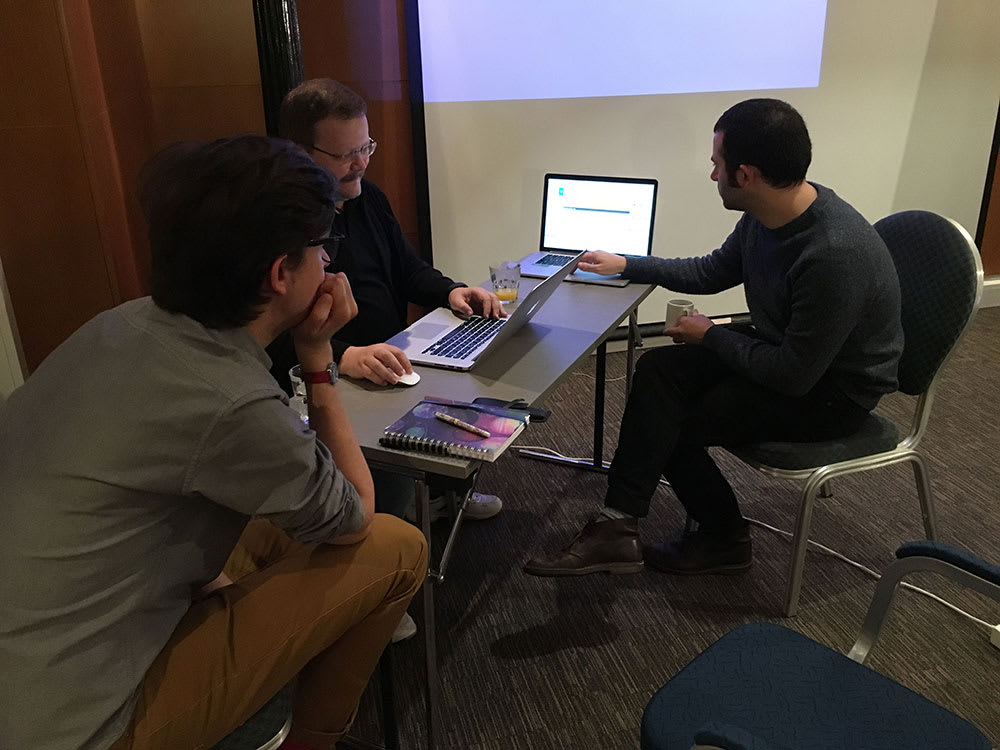 Jamie, Pierre and Zsombor working hard on the colour palette.
Jamie, Pierre and Zsombor working hard on the colour palette.
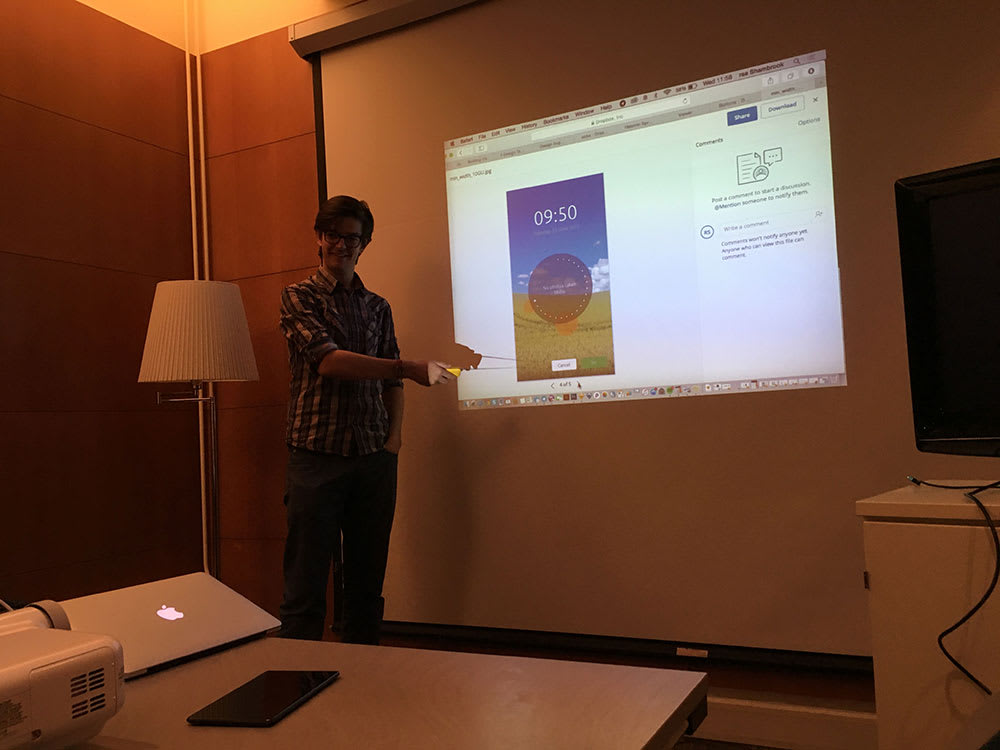 Old school pointing devices, Jamie gives it a go, looking very much like a professor!
Old school pointing devices, Jamie gives it a go, looking very much like a professor!
What we achieved
During the course of the week we achieved what we’d set out to do:
- Amended the theme palette to include any missing colours and then apply these to various components
- Completed the implementation and release the bottom edge component into the staging environment
- Completed the section scrolling prototype and have it reviewed by visual design and UX
- Completed the portrait and landscape edit mode header prototype
- Worked out behaviour of complex SDK components for focus handling and added some best practice examples to the specification
- Communicated and gained concensus on the context menu design, who are now gearing up for some pre-requisite work and then implementation of context menus
- Prepared the visual rules for buttons and made the Ubuntu shape ready to use for buttons
- Completed the design for sliders
- Discussed a tree view component for navigation
- Created a first draft of tabs wireframes and functionality agreed
- Created a first draft of text selections visuals and reviewed, UX and functionality was discussed ready to include in the specification
- Created the Libertine packaging project and containers
- Tidied up the IDE
- Created some Snapp packages and got them working
- Ramped up some new investigative work that arose in our collaboration
The planets aligned… literally
In the early hours of Wednesday morning (before breakfast) a few of us managed to witnessed a planetary conjunction (Venus, Mars and Jupiter) which was truly amazing… a surprise benefit of sprinting in the arctic circle.
Even though there were a few hours of daylight, we managed to embrace the cold and stand outside to enjoy the beautiful views during lunch and coffee breaks.
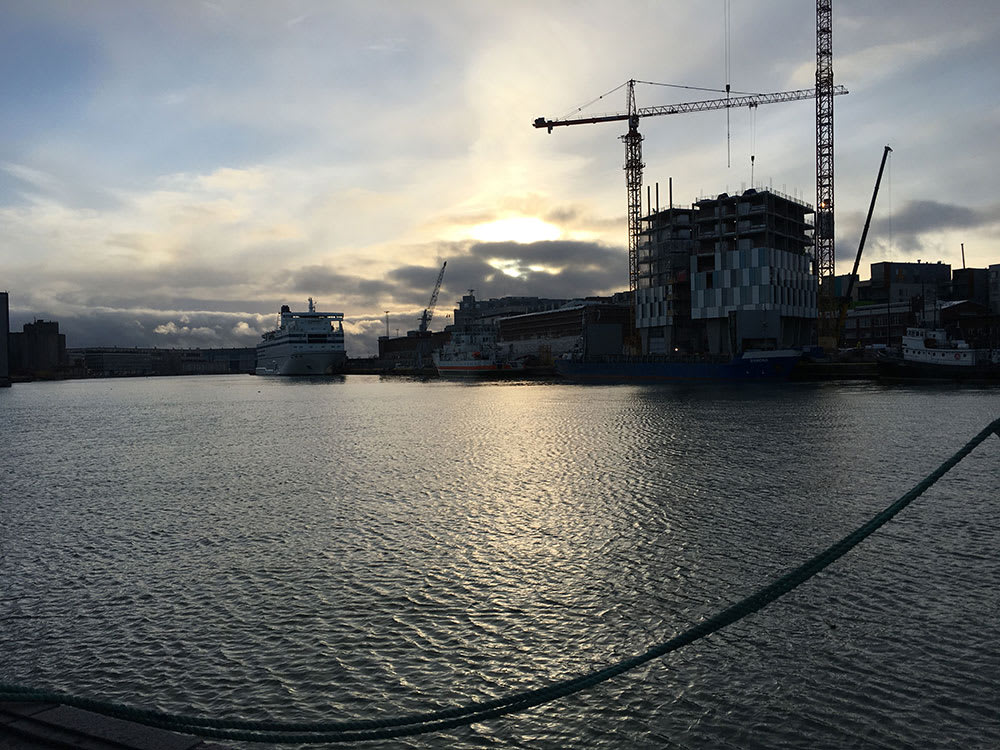
All in all, it was a very productive and fun sprint. We left with a sense of accomplishment and camaraderie.
Talk to us today
Interested in running Ubuntu in your organisation?
Newsletter signup
Related posts
Let’s talk open design
Why aren’t there more design contributions in open source? Help us find out!
Generating accessible color palettes for design systems … inspired by APCA!
This is the first of two blog posts about how we created the color palette for a new design system at Canonical. In this post I share my journey into...
How we ran a sprint to refresh our design website, Part 2
Part 2 of our series on how our team created content for our design website. Get insights, tools, and lessons to help you run your own design sprint.
